Key in a search term below to search our website.
Key in a search term below to search our website.

Discover how air has been used in modes of transport from airships to hot air balloons and how different species make use of air to travel through flight and gliding.
This peaceful footage, filmed in our Science & Technology galleries, shows a pair of hot air balloons rising and falling through the atrium space. As they reach their summit, you can catch a glimpse of Pilcher’s Hawk, an early human-powered flying machine, built by Percy Sinclair Pilcher in 1896!
Find out more about this experimental invention in our short film and blog post about the conservation process required to put it on display.
The top floor of these galleries is home to some revolutionary hot air, in the form of this model of a Stirling engine, which was powered by hot air rather than steam.
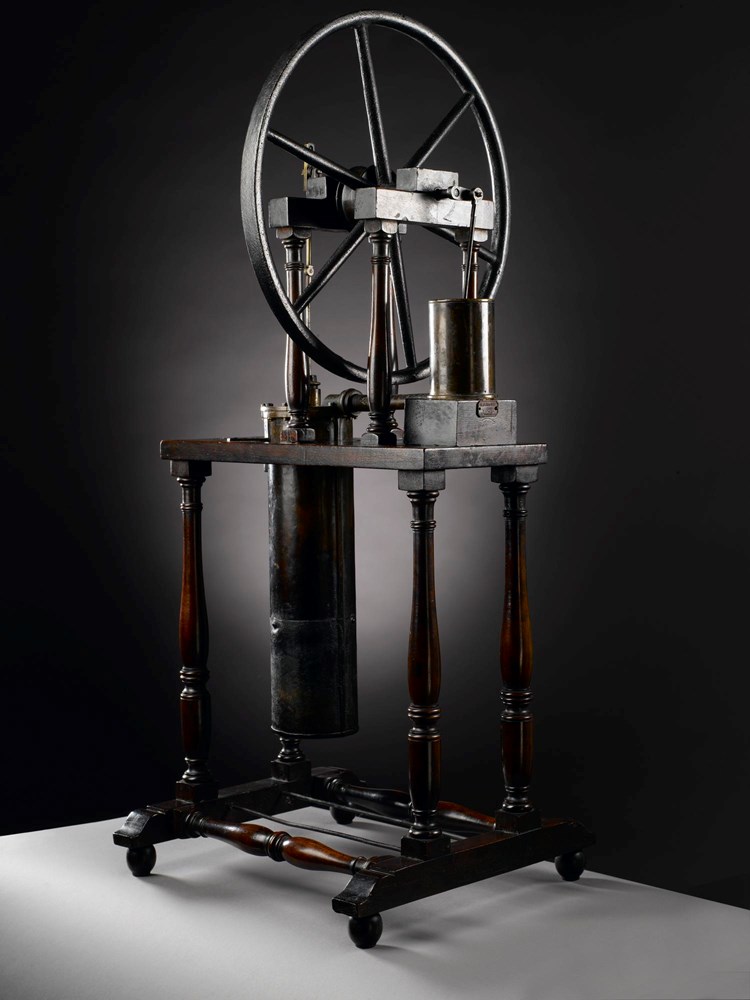
Model of Stirling engine at the National Museum of Scotland.
Although it was invented by Reverend Robert Stirling over 200 years ago, Stirling engine technology has a new relevance today due to its potential as a clean, efficient and reliable source of energy. Explore its history and possible future here.
In 2019 we marked the 100th anniversary of a record-breaking journey that began at East Fortune Airfield, now home to the National Museum of Flight. Airship R.34 (nicknamed Tiny, but actually 193 metres, or roughly 2 football pitches, long) made the first successful East to West crossing of the Atlantic by air in July 1919. Find out more here, from fascinating photos to secret stowaways!
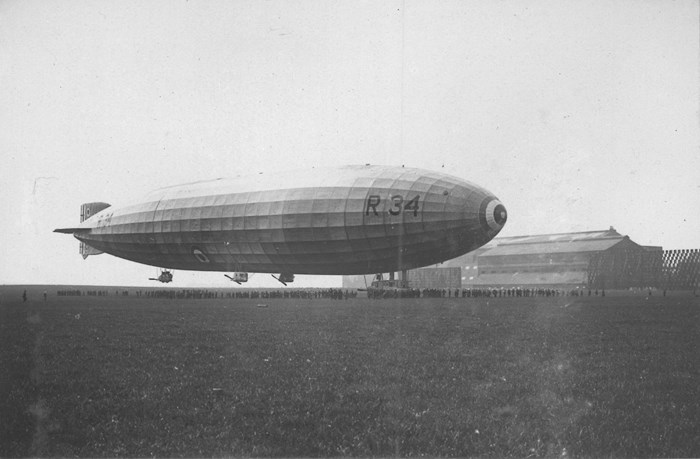
Airship R.34 at East Fortune Airfield in 1919.
Our Natural Sciences collections are bursting with animals that can take to the air. The male Kori bustard is the heaviest bird capable of flight, while bar-headed geese have been recorded flying at over 7,000 metres. The wandering albatross has the largest wingspan of any bird, at up to 3.5 metres across.
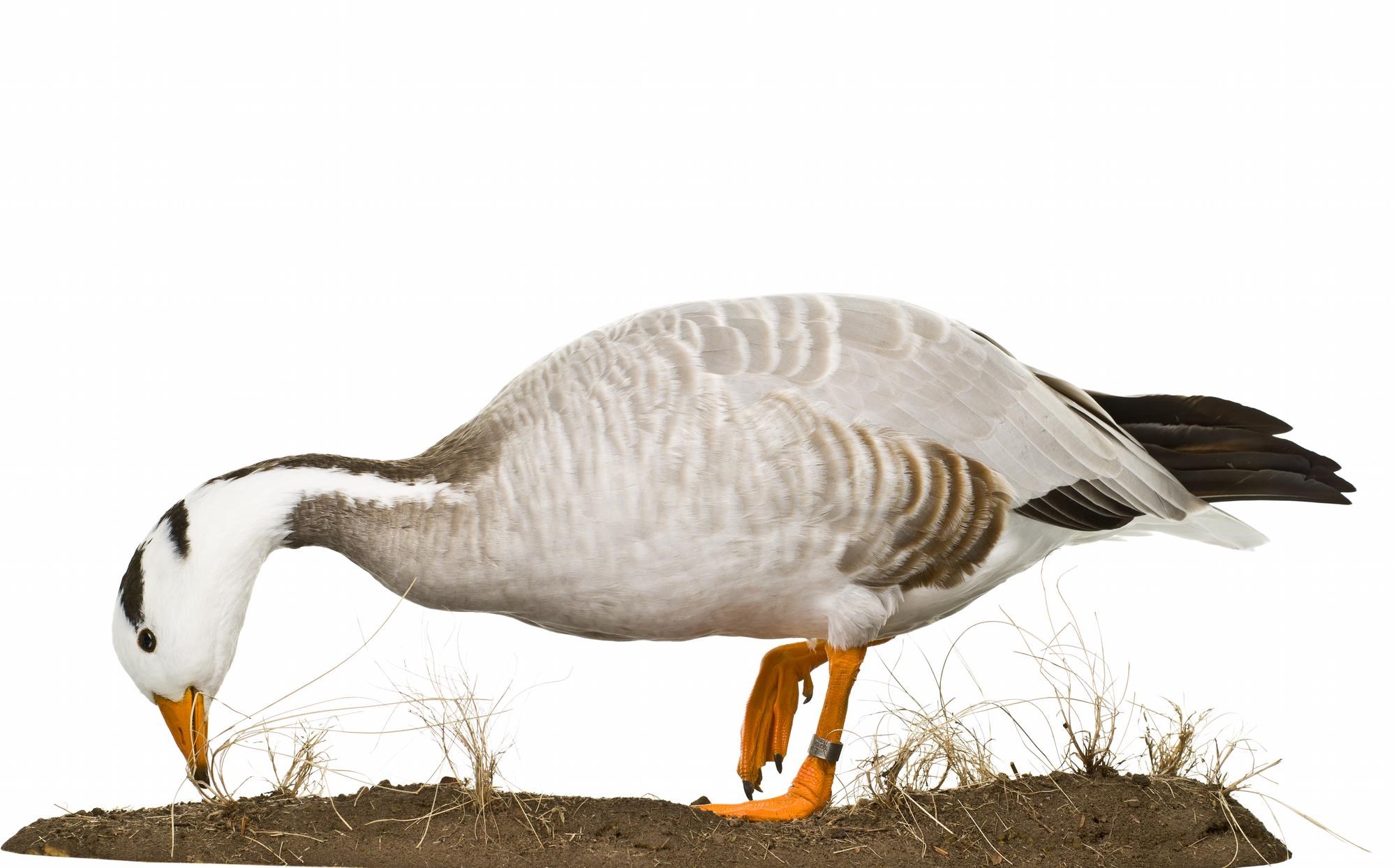
Bar headed goose specimen at National Museum of Scotland.
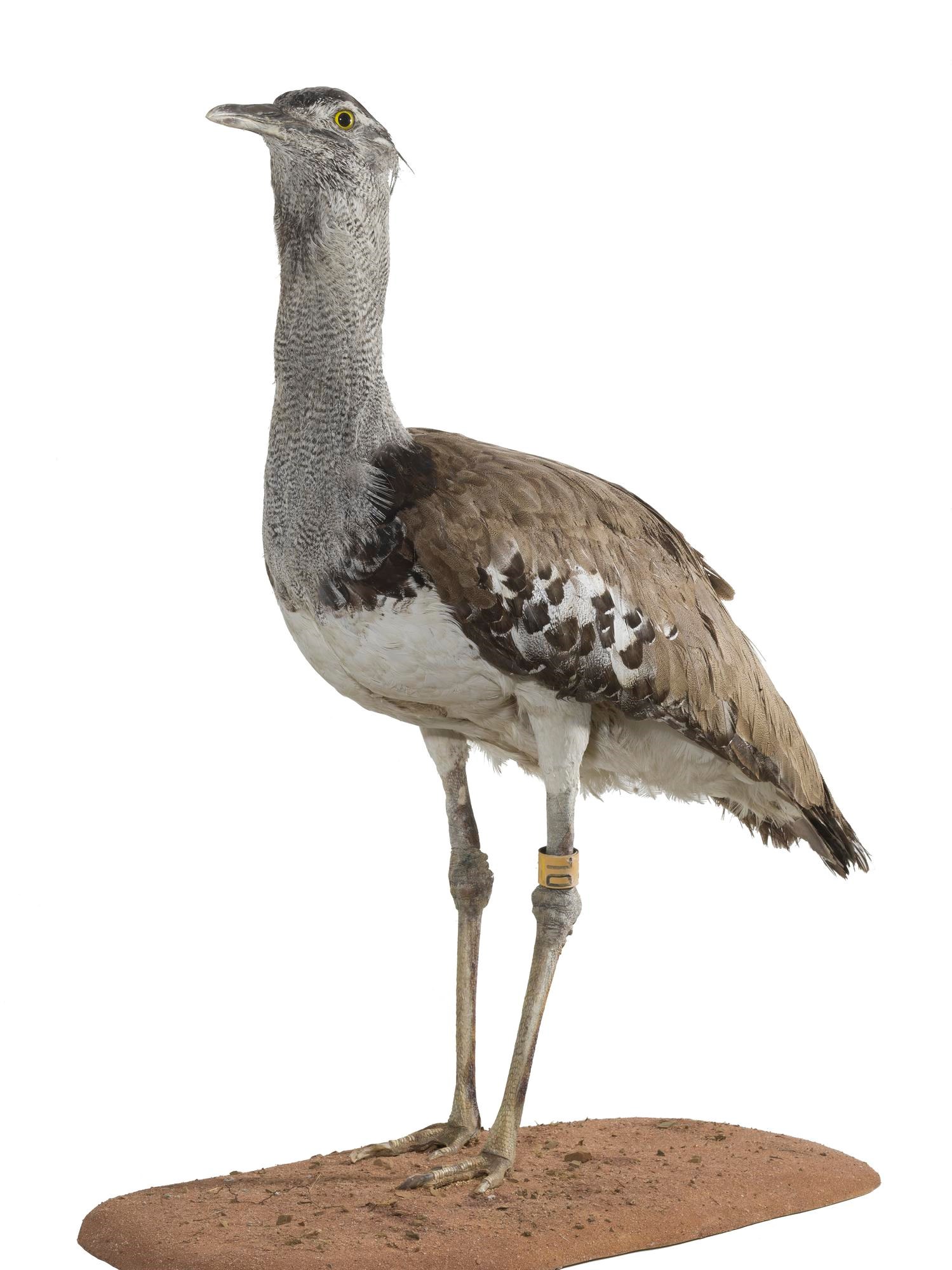
Male Kori bustard specimen at National Museum of Scotland.
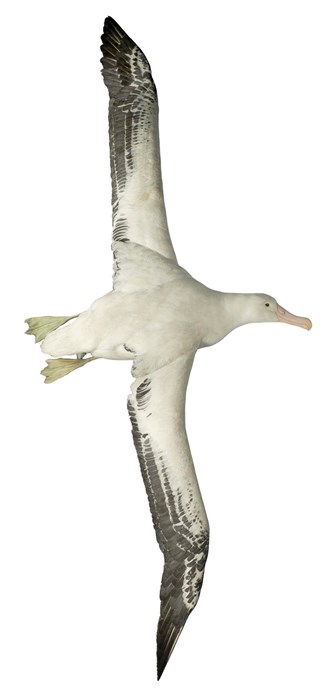
Wandering albatross specimen at National Museum of Scotland.
Did you know that you can view photographs online of the animals on display, gallery by gallery?
See if you can find the Amazonian Umbrellabird with its incredible feathered crest in the Survival gallery, or the Green Aracari with its brightly coloured beak in Animal Senses. Which is your favourite?
Remember, it’s not only birds that can move through the air, you can also find some incredible gliding animals in Animal World, including a flying fish , a flying lizard and a flying squirrel!
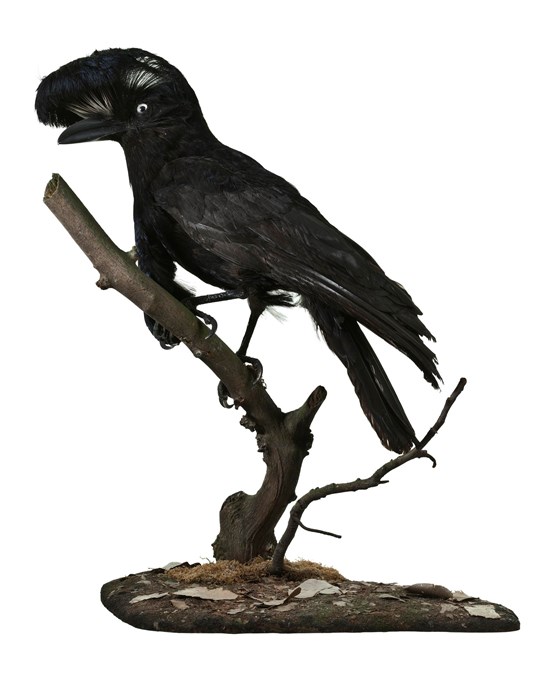
Amazonian Umbrellabird.
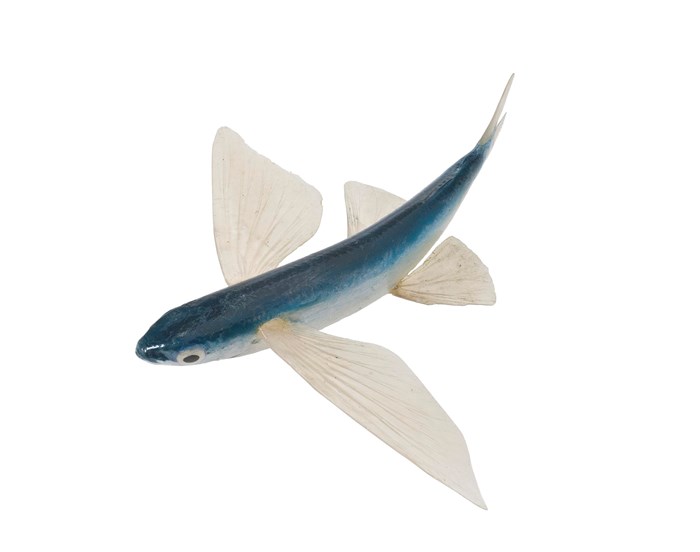
A flying fish.
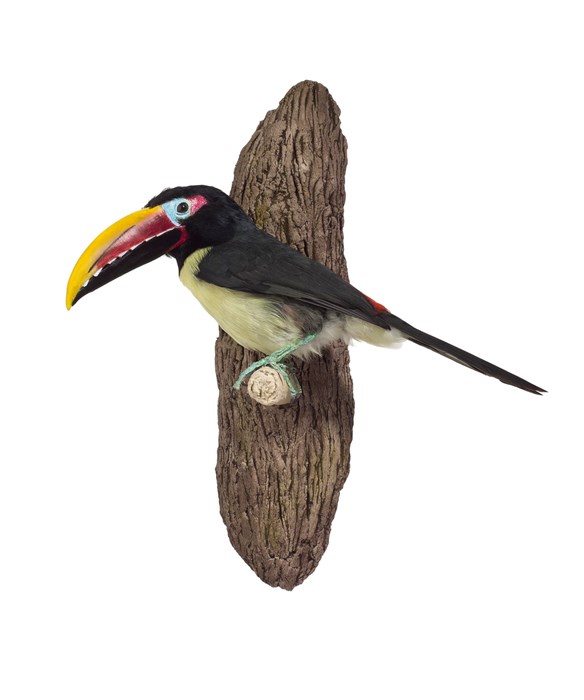
Green Aracari bird.
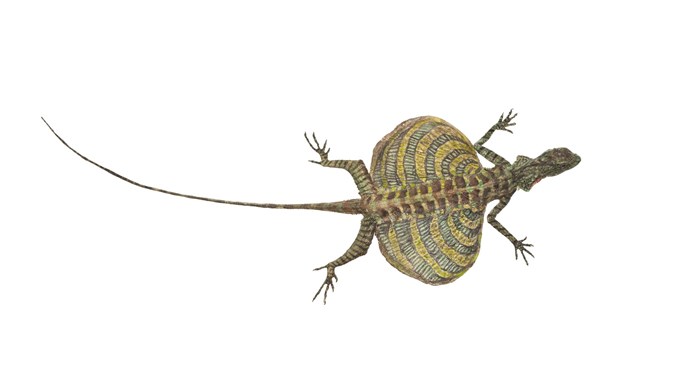
A flying lizard.
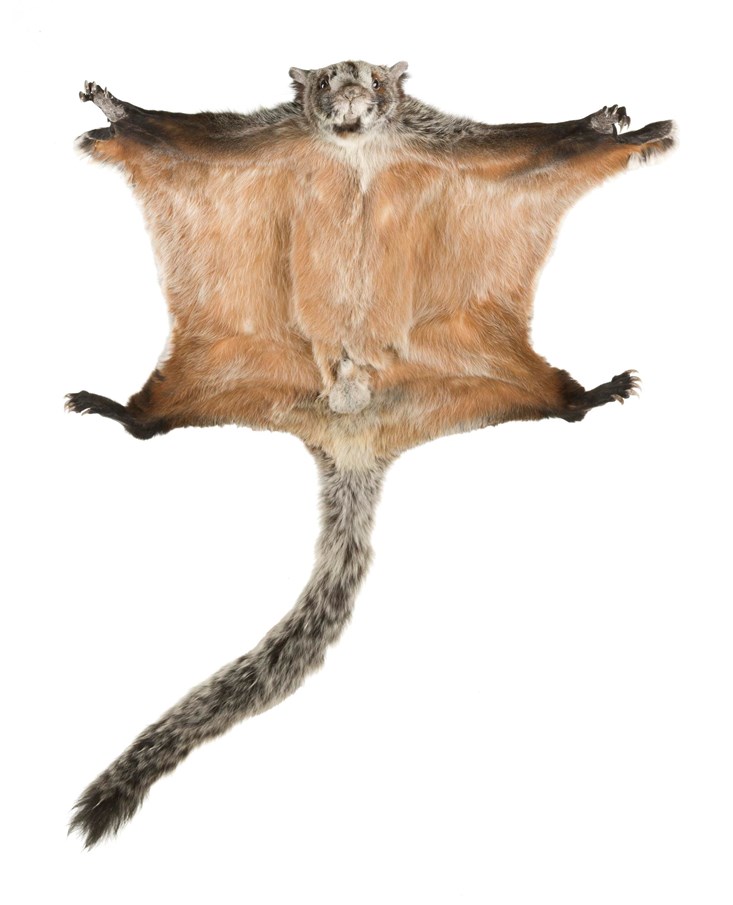
A flying squirrel.
One of the most vital airborne animals today is the bee. Our insect expert Ashleigh Whiffin spent some time getting to know bees better, and shared her experiences with us in a blog post.
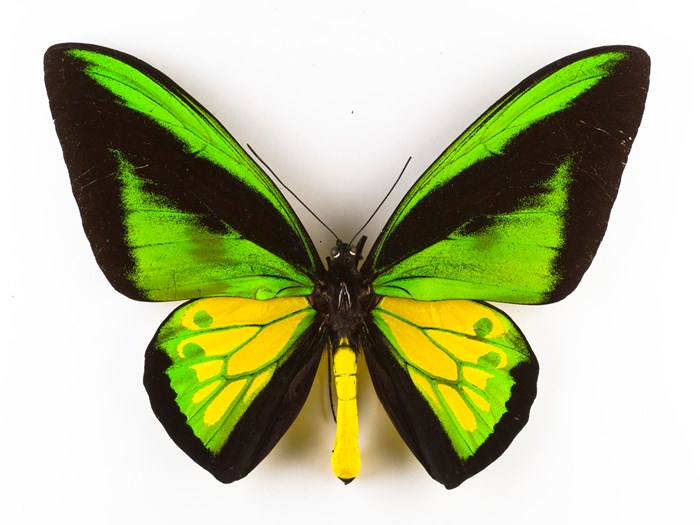
Goliath birdwing butterfly dried specimen.
Check our Beautiful Bugs Pinterest page to see more images of bees, along with butterflies, moths, beetles and many more.
Part of: Elements of #EdSciFest
Header image: Photo by Kyle Hinkson on Unsplash